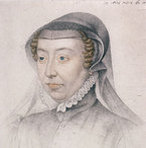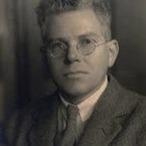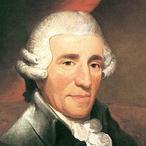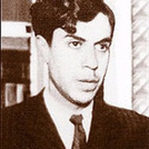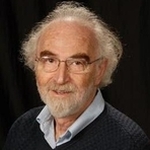|
Paris' Salle Gaveau was packed to the rafters to greet German soprano Simone Kermes, as the "rock-chick" of the Baroque performed a selection of forgotten gems from her recently released album: Dramma. 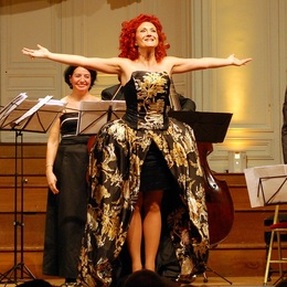 Simone Kermes, soprano Simone Kermes, soprano Simone Kermes has a reputation for a sense of drama in her performances, so it was appropriate that she decided to perform several arias from her new album, Dramma. The album focused on works written for castrati such as Farinelli by composers such as Porpora, Hasse and Pergolesi. These arias were masterpieces of virtuosity in range, speed, dynamic control, or all three. Kermes, like Bartoli before her, has sought to bring these forgotten arias back into current musical awareness. Unlike Bartoli, however, Kermes has chosen arias where the tessitura is planted firmly in the soprano range. Kermes’ first offering was the ebullient “Vedra turbato il mare” from Porpora’s Mitridate. As the orchestra, La Magnifica Comunità, started to play, a door mysteriously opened at the back of the hall, and Kermes, looking resplendent in one of her fantastic dresses, strode like a force of nature along the slips towards the stage, beguiling us from the onset with her magnificent stage-presence. Her ornamentation in the da capo was the same magnificent creation as heard on her album, leaping authoritatively into the stratosphere. Kermes followed this with a touching rendition of Porpora’s “Alto Giove,” where she demonstrated her superb high pianissimo. She followed the beautiful “Tace l’augello” almost immediately with the dynamic “Empi, se mai disciolgo” which she took so fast she seemed ready to take off! Her ability to blend in altissimo ornaments into the main vocal line will never fail to astound me. Kermes’ began the second half of the concert with Leonardo Leo’s “Son qual nave in ria procella” which saw her leaping about in a set of dizzying vocal gymnastics, with a couple of delightful interpolated D6’s in the da capo. For Hasse’s “Consola il genitore”, Kermes was accompanied by Davide Pozzi on the harpsichord. She navigated the beautiful lines with exquisite tenderness, giving the lightest of touches to the demanding C6’s that make the piece so difficult to perform. The second Hasse piece of the evening was the fast and furious “Fra cento affanni e cento” which Kermes sailed through masterfully. The final aria came in the form of the tricky “Sul mio cor” from Pergolesi’s Adriano in Siria. Opening with a twice-repeated two octave descending line from A5 to A3, and containing some fiendishly fast coloratura, Kermes revelled in this firecracker of an aria. She even had us clapping in time with the beat during the introduction! The accompaniment was provided by the wonderful La Magnifica Comunità, lead by Enrico Casazza.Opening the concert with the Overture from Porpora’s Agrippina, Casazza’s troupe played with vitality and a sense of exuberance matching that of Kermes. We were treated to two Vivaldi concertos, one in each half. The first was RV 277, Concerto in E min, which has an intense and atmospheric second movement for viola and three violins. The third movement was fierce, with some amazing form in the lower strings, particularly from Federico Bagnasco on the double bass. In RV 212, Concerto in D maj, Casazza himself astounded with his virtuosity on the violin, his fingers dancing across the board, moving almost up to the bridge in a series of broken chords: a truly stunning display. Kermes gave five wonderful encores. The first was the A section of Broschi’s version of “Son qual nave” which she sped through magnificently. The second was a wonderful rendition of Edith Piaf’s “Non, je ne regrette rien” which was very warmly received. Kermes went back to the race-track with the A section of Vivaldi’s “Agitata da due venti” which had her leaping between her high soprano and her dark chest register (down to Ab3 at one point). She followed this with a beautiful rendition of Lili Marleen, and finished with a magnificent version of Handel’s “Lascia ch'io pianga”. At the end of this final aria, the lights went down, and we were left in momentary darkness. When they came back on, the whole hall got to its feet for a well deserved standing ovation.
0 Comments
Your comment will be posted after it is approved.
Leave a Reply. |
Categories
All
Archives
September 2014
|
MOST VIEWED POSTS
© James Edward Hughes 2013
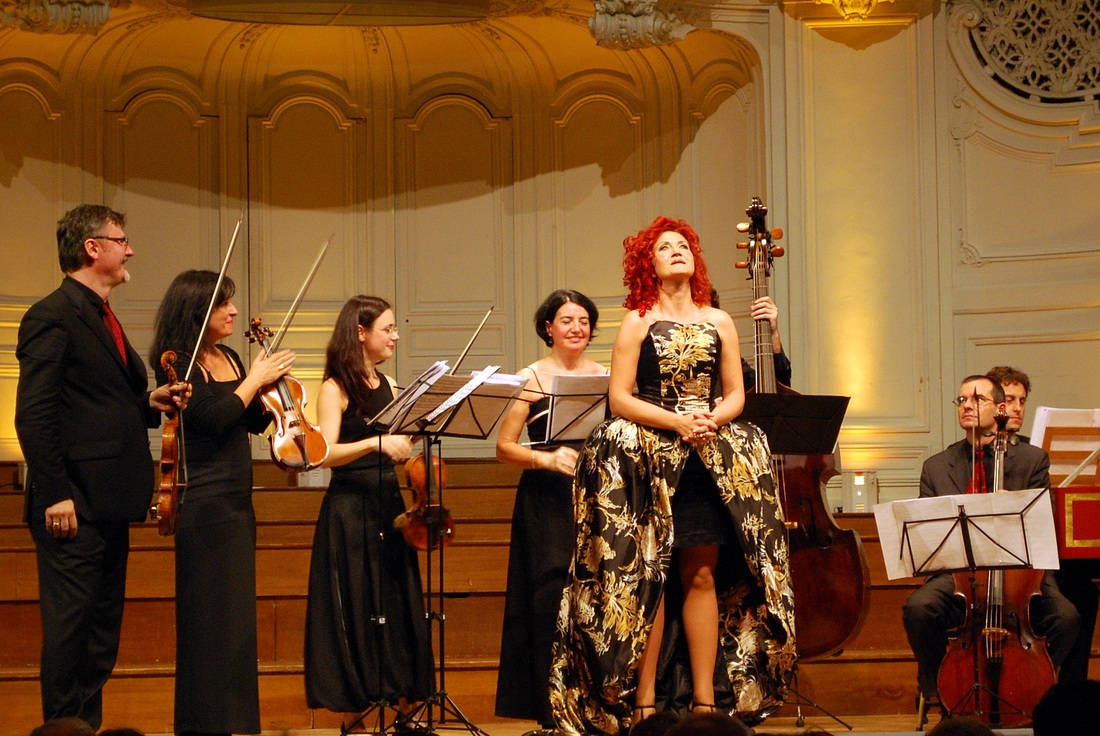
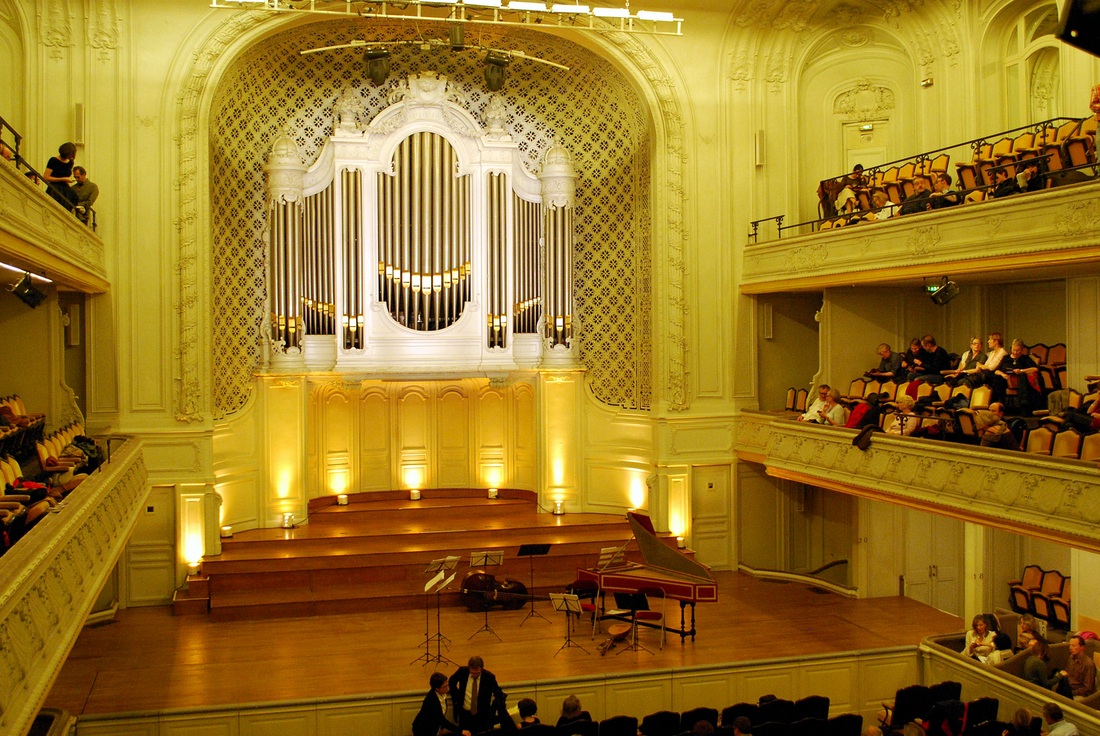
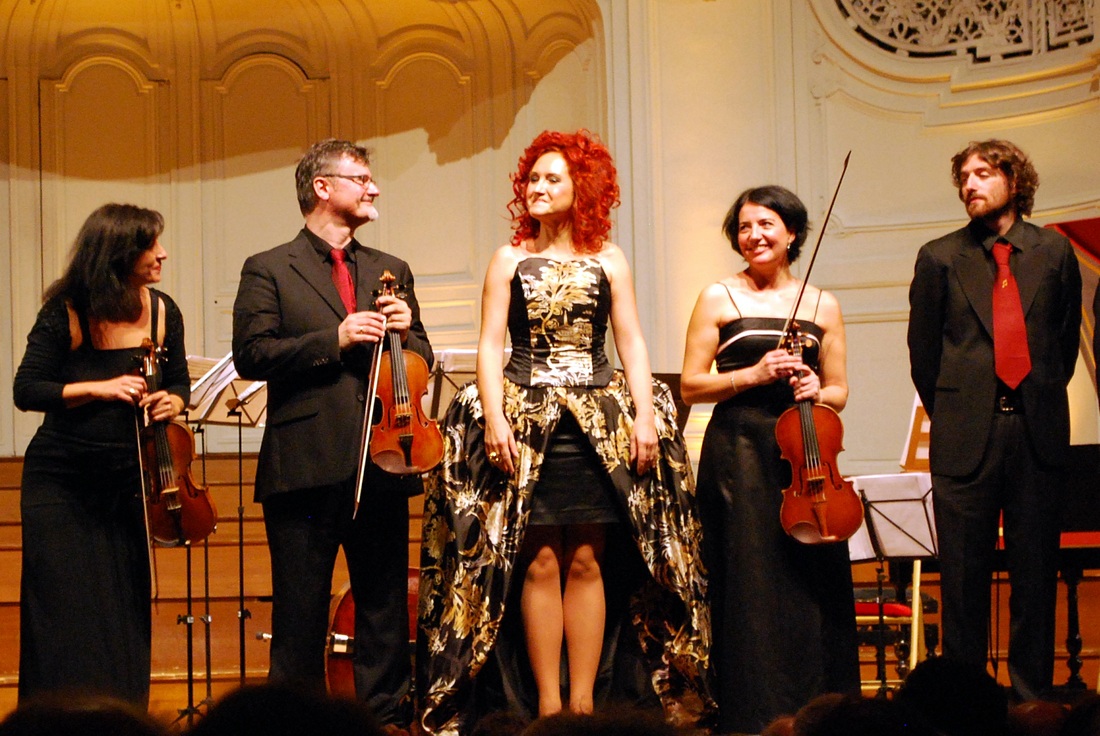
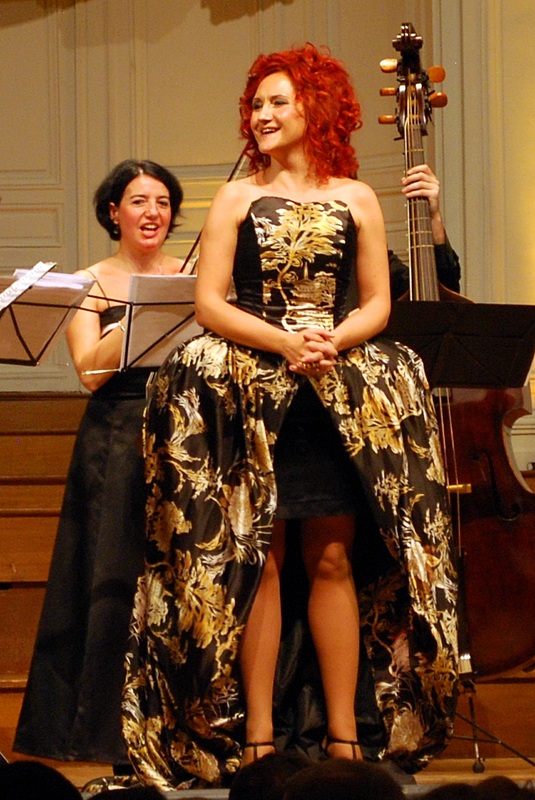
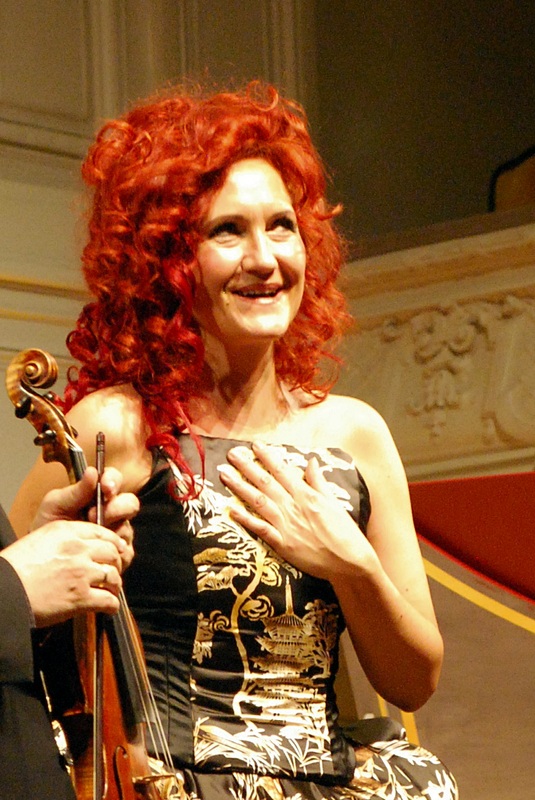
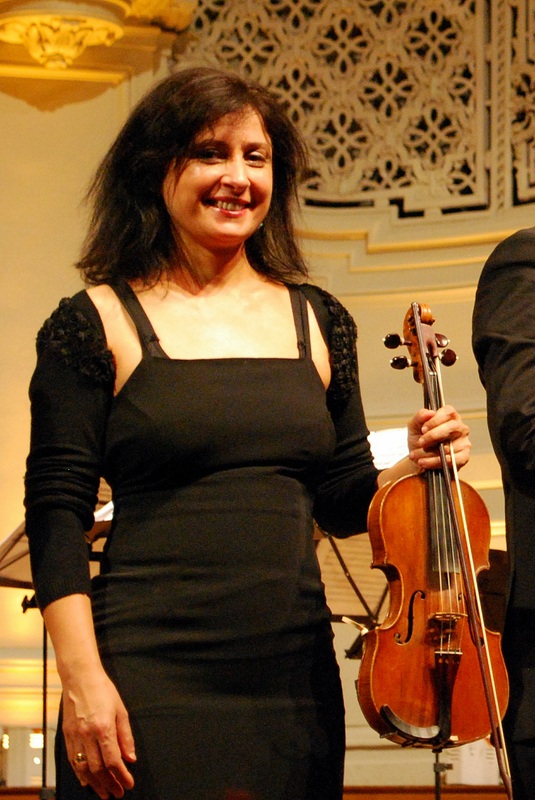
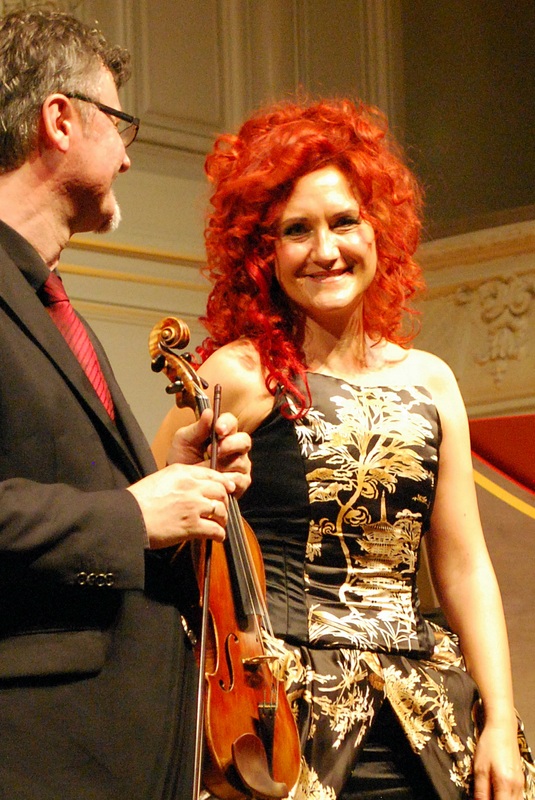
 RSS Feed
RSS Feed
